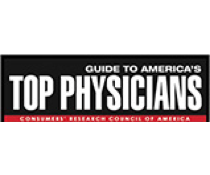How to Prevent Osteoporosis:
Osteoporosis is a common condition, especially in Caucasian women over age 50, in which bones become fragile and can break. What happens is the bone loses density, meaning calcium and mineral levels are lower than normal, weakening the bone. This disease is quite common in elderly people. While there are no symptoms as it develops, osteoporosis can have significant effects on the spine if the vertebra start to break.
The most common fractures as a result of osteoporosis are of the wrist, shoulder, hip and spine; people with osteoporosis most often break bones in the upper (thoracic) spine. One of the most serious injuries is a vertebral collapse, also known as a compression fracture, which is extremely painful. These types of fractures can also change the shape of the vertebra, leading to a hunched posture (“kyphosis”).
You can protect your spine by moving properly during the day, according to the National Osteoporosis Foundation. With severe osteoporosis, people should avoid the following:
- Bending forward at the waist
- Reaching over to open a window
- Twisting and bending at the torso to an extreme
- Carrying heavy packages
- Bending forward when coughing and sneezing
- Reach for objects on a high shelf
- Toe-touches, sit-ups or abdominal crunches
Osteoporosis CAN be prevented. The Mayo Clinic suggests the following:
- Consume adequate amounts of calcium
- Consume adequate amounts of vitamin D
- Exercise regularly
Osteoporosis is serious and can have irreversible effects on your body. Even though you can’t ‘see’ your bones, it’s important to take care of them! If you are experiencing frequent bone breaks and/or back pain, call your doctor and see if you’re eligible for a bone density test.









